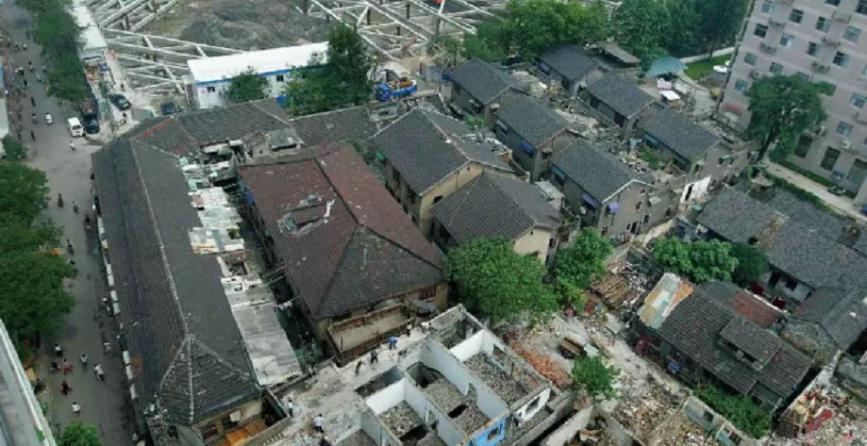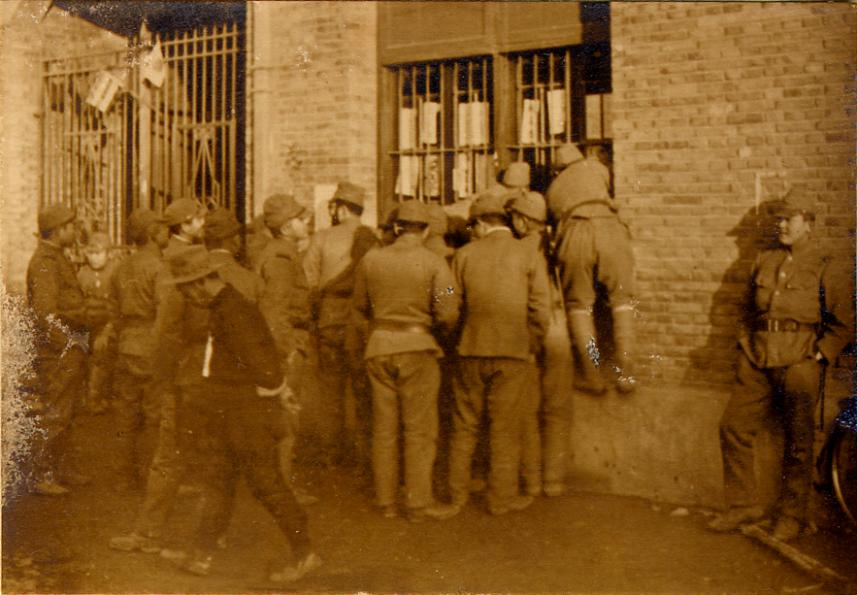Irrefutable Evidence! “Comfort Women” System Is a National Crime Committed by Japan during Wartime
On January 31, 2023, the United Nations Human Rights Council conducted the Universal Periodic Review of the human rights situation in Japan. China voiced concern over Japan’s serious violation of human rights. China’s delegate once again expressed strong concerns over Japan’s downplay and evasion of its historical responsibility for the crimes on issues including the “comfort women”. China urged Japan to face up to and reflect on its history of aggression, properly deal with issues left over from history in a responsible manner, and provide compensation for the victims.
The forced recruitment of “Comfort Women” is an organized national crime against human rights committed by the Japanese militarists during World War II. Nanjing was among the earliest cities where Japan introduced the “Comfort Women” system. Historical documents showed at least 70 Japanese military “Comfort Stations” were established in Nanjing during wartime, but how many women had fallen victim to the system remains unknown.
The Japanese troops occupied Suzhou, Wuxi, Changzhou, Zhenjiang and other Chinese cities as they marched towards Nanjing. During the period, the Japanese soldiers systematically carried out sexual assaults, as a result of which venereal disease began to spread among the soldiers. This also foreshadowed the implementation of the “Comfort Women” system in Nanjing. On December 19, 1937, Iinuma Mamoru, chief of staff of the Shanghai Expeditionary Army, sent Cho Isamu, chief of 2nd Section at the staff of the Shanghai Expeditionary Army, to Shanghai as part of preparations for establishing “Comfort Stations” in Nanjing. On December 28, the 2nd Section at the staff of the Shanghai Expeditionary Army held a meeting attended by its high-ranking officers. At the meeting, the plan for establishing “Comfort Stations” in Nanjing was reviewed and passed. Then “Comfort Women” was established as a formal system of the Japanese troops in Nanjing.
By that time, the Shanghai Expeditionary Army had already confirmed the list of the first batch of “Comfort Women” to be sent to Nanjing, with physical examinations underway before they left. The speed of execution by the Japanese troops was clear to see, which indirectly proved the severity of the venereal disease among them.
Around the time Japan officially established the “Comfort Women” system, the Japanese troops were already beginning to recruit “comfort women” locally for soldiers in China. But the “comfort women” recruited far away in Japan couldn’t arrive in Nanjing immediately to satisfy the needs of the soldiers there. Given that, the easiest way the Japanese soldiers could think of was to recruit them in Nanjing.
The event was reported by some newspapers. Shen Bao reported that women across the city originally stayed in theUniversity of Nanking, but five days after the Japanese troops seized Nanjing, the Japanese troops forced them into the “Comfort Stations” and they were raped.
In an editorial, Ta Kung Pao reported that “in cities like Shanghai and Nanjing, hundreds of and even thousands of kind Chinese women are still being imprisoned by the invaders and they are the victim of sex slavery.”
On December 22, 1937, the Japanese troops set up the Fuhougang Comfort Station. It was the first comfort station that the Japanese troops ordered traitors to establish in Nanjing during the Nanjing Massacre. The “Comfort Women” in the station were probably Chinese women selected from the refugee camps.
Today visitors to Nanjing can visit the Nanjing Museum of the Site of Liji Lane “Comfort Stations”. Built on the basis of the former site, it is the largest site of “Comfort Stations” in Nanjing. During the wartime, houses at Liji Lane No.2 and No.18 were occupied by the Japanese troops. Houses at Liji Lane No.2 were used as the “Shinonome Comfort Station” where the “Comfort Women” came from the Korean Peninsula, while houses at Liji Lane No.18 were used as the “Kokyoro Comfort Station” where the “Comfort Women” came from Japan.
A statistical record (in Japanese) of population by occupation showed that in 1938, 743 Japanese females worked as “geisha, prostitute, and barmaid” in Nanjing, surging from the previous year.
The above historical documents offered a glimpse into the scale of the “Comfort Women” system in Nanjing, and these figures did not even include “Comfort Women” recruited in China.

The Site of Liji Lane “Comfort Stations” in Nanjing

Japanese soldiers standing in front of a “Comfort Station” in Nanjing in January (lunar month) 1938, from Japanese historian Hora Tomio , Sino-Japanese War-Commemorative Photo Collection of the staff of the Shanghai Dispatch Army

